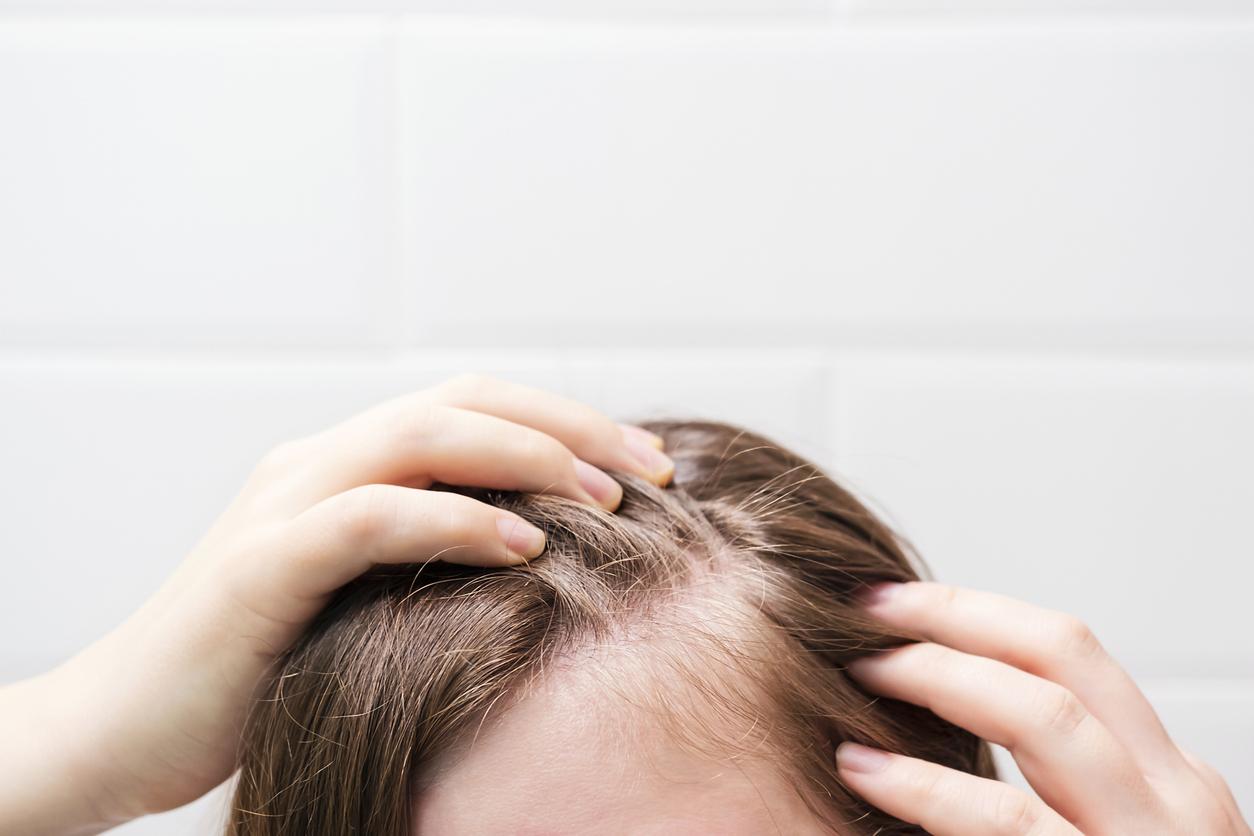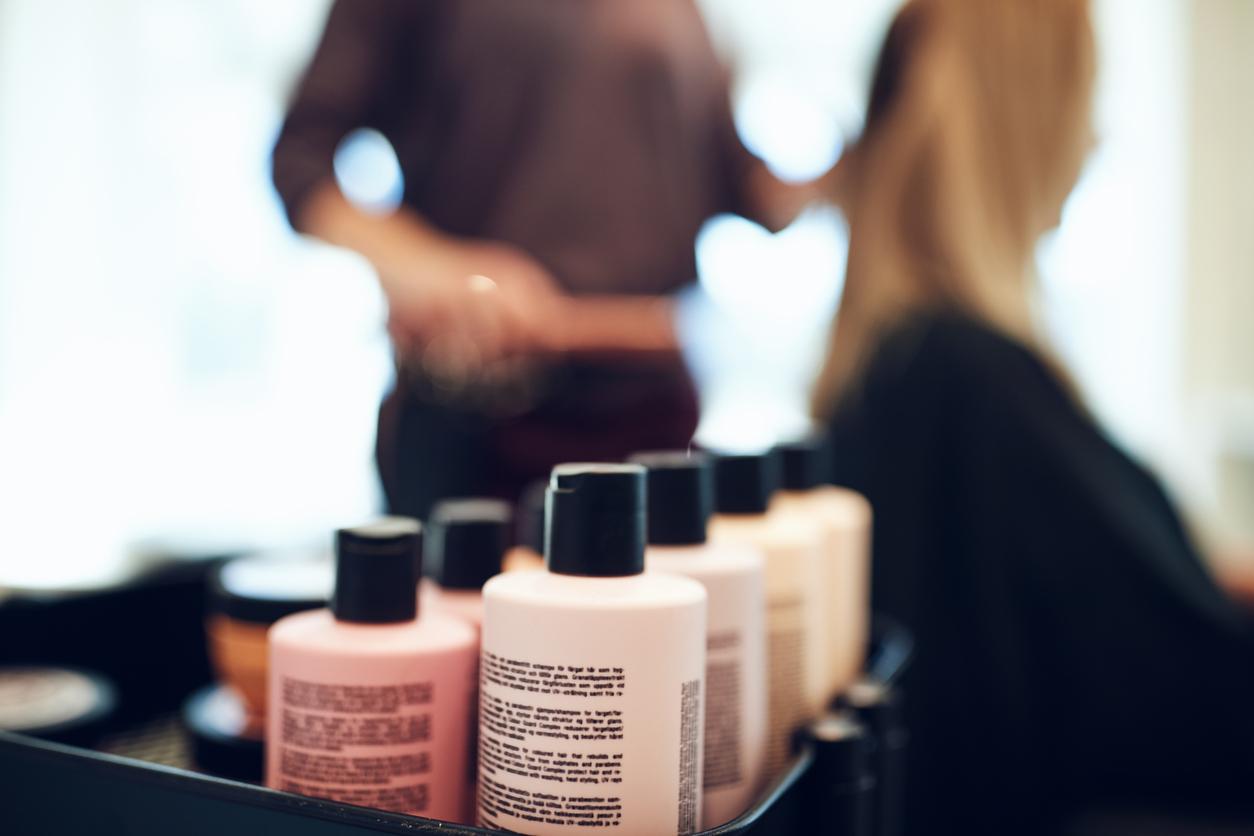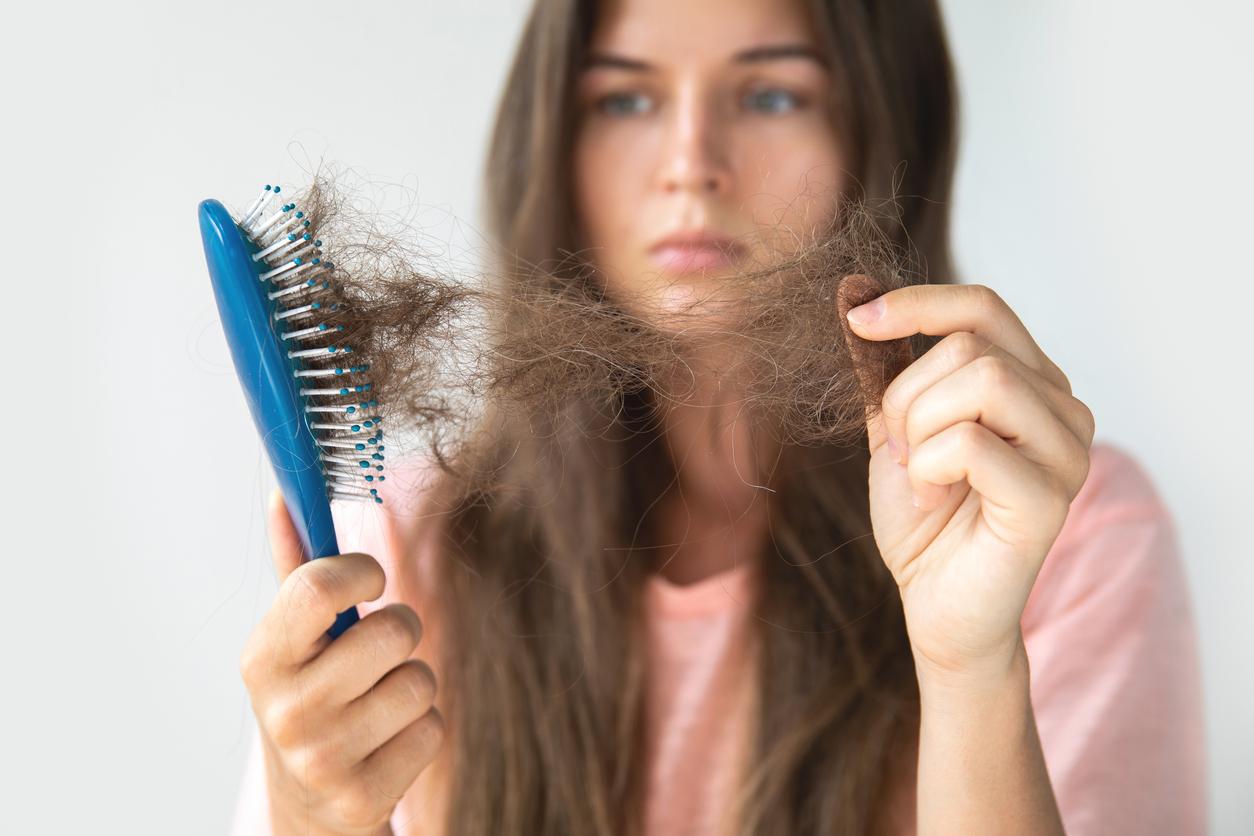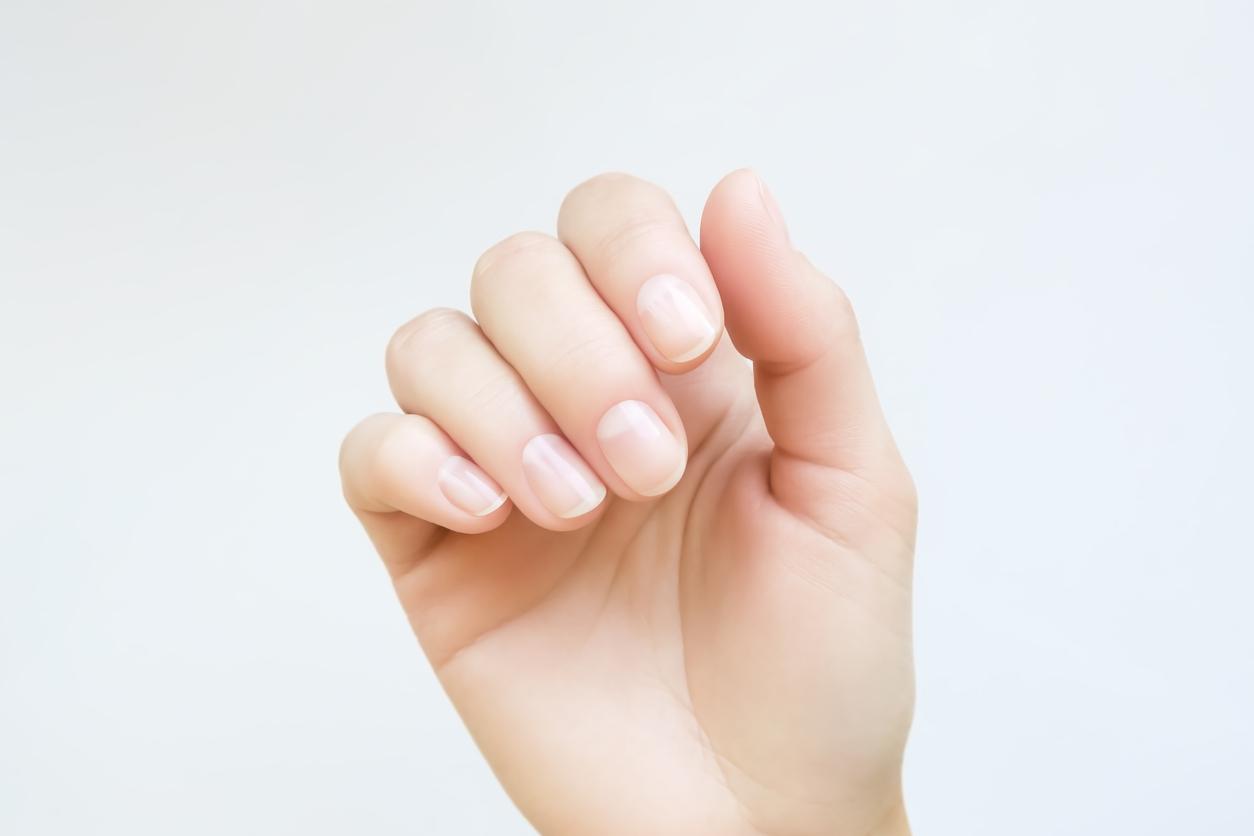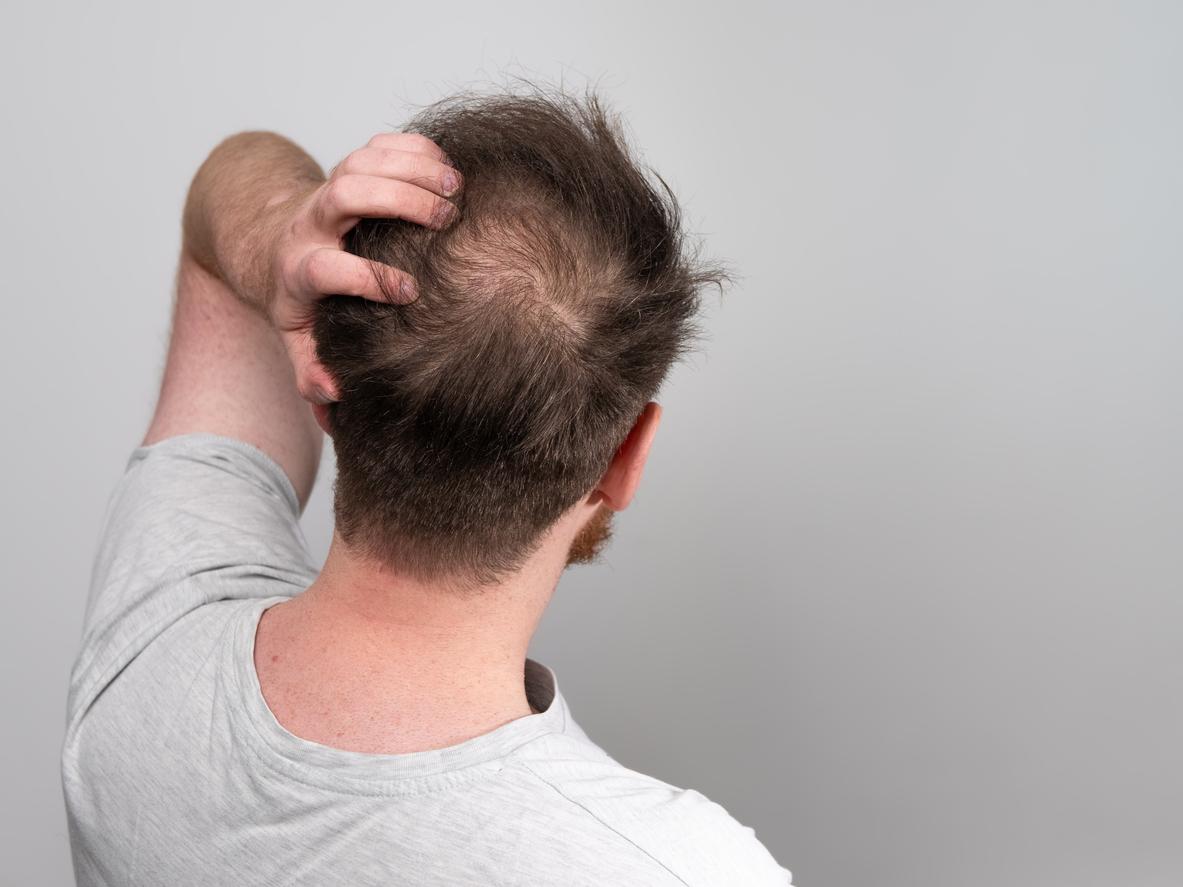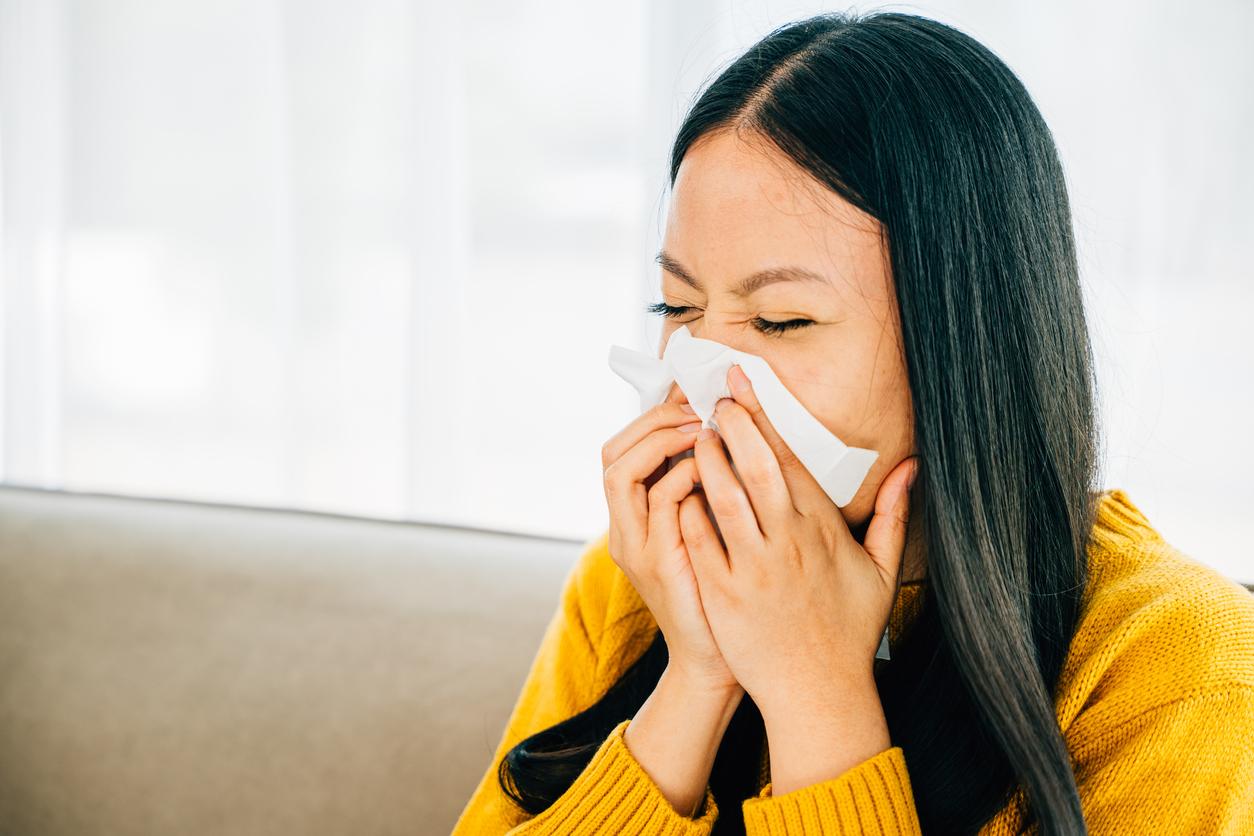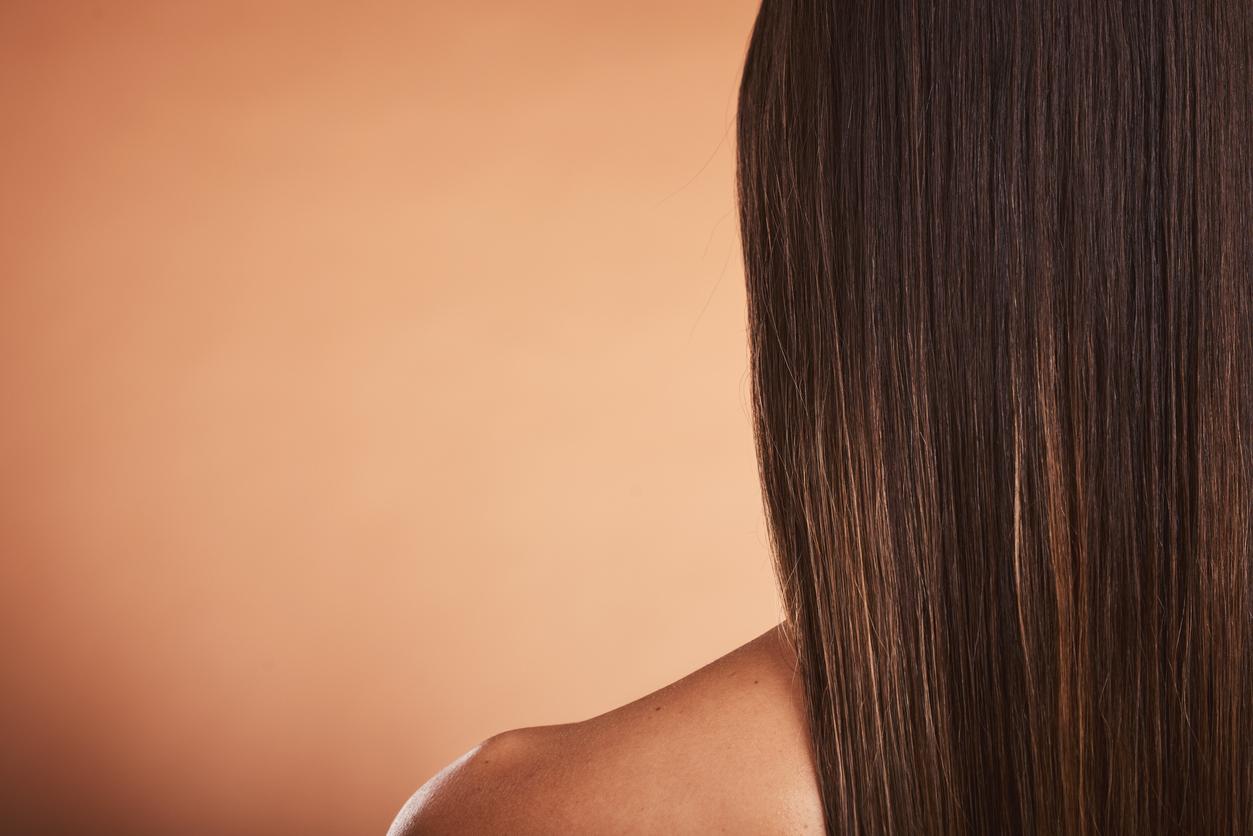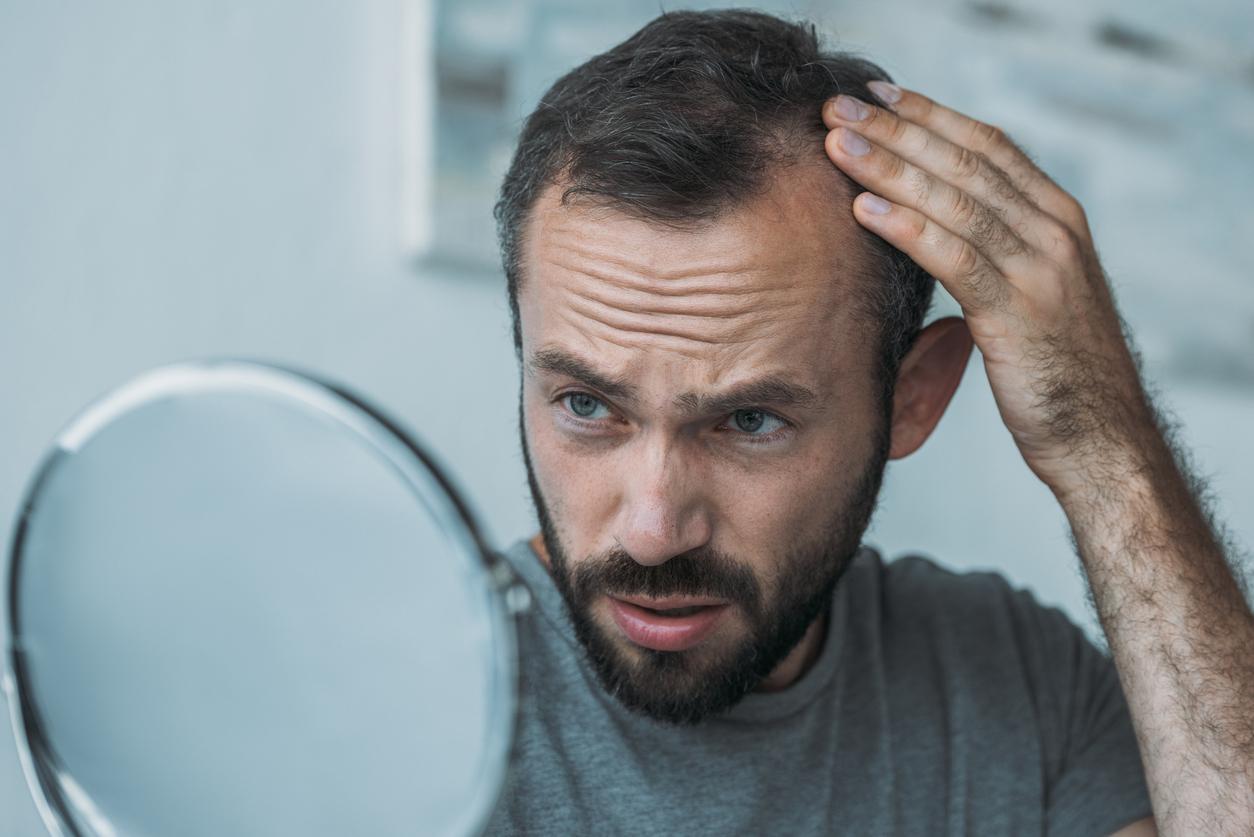
From hair loss to hair growth in 6 months
For most women (and many men), their hair is important to their self-image. It is understandable that you are not happy when you find whole strands of hair in your hairbrush, the shower drain and on your pillow. Combing your leftover hair over the bald spots is hardly a solution. A hair serum? We asked reader Janny to test hair growth serum Esthecin for us.
Editor’s note: We were allowed to try the products mentioned in this article free of charge. You read about one person’s experiences, it doesn’t mean the results will be the same for everyone. Esthecin is a cosmetic product and nourishes the hair follicles that are in the resting phase. These must therefore be present if the agent is to affect hair growth.
Janny* (72) always had a fine head of hair. Until January this year, when she suddenly started to suffer from hair loss. “I started losing hair for the first time at the beginning of this year. Loose hairs on my pillow, tufts of hair when combing,” she says. “I’ve never had complaints along those lines before, so I didn’t pay much attention to it at first.”
Pillow full of hair
A few loose hairs became a pillow full of hair and now and then Janny even had whole strands of hair in her hands. To get discouraged. Janny: “At one point, that must have been the beginning of March, when I turned my curlers in, I saw that very bald spots appeared on my head. Then I thought it was time to sound the alarm.”
Unfortunately for Janny, the first contact with the GP coincided with the first corona outbreak in our country. “Unfortunately for me, because I was not allowed to go to the general practitioner at that time.” That will be an appointment via video calling; not ideal but it was no different. “The doctor’s diagnosis was that it must be a fungus. He prescribed me medication to treat it.”
very unhappy
In good spirits she starts the medication. But to no avail. “Over the next 5 weeks, the bald spots kept getting bigger, until they were several square centimeters in size (photo below). Terrible to experience,” says Janny. “Because of the Lockdown, we weren’t allowed to do much anyway, but I mainly stayed at home because I felt very unhappy. Once it was clear that the prescribed medication was ineffective, I asked for a referral to a dermatologist. He did receive me and had several tests done. This resulted in a new diagnosis: alopecia areata. I had never heard of it.”

Janny’s hair loss in June 2020.
Alopecia areata
Alopecia areata literally means spot baldness. It starts with round or oval bald spots, usually on the head. Those spots can spread over the rest of the body, often this disease also affects the eyelashes and eyebrows. In some people with alopecia areata, the nails are also damaged. For example, pits and grooves appear, or the nails become brittle.
There are three degrees of alopecia areata:
- Alopecia areata is the ‘spot-by-spot’ baldness, which can occur anywhere on the body.
- Total alopecia: especially the hair on the head no longer grows.
- Alopecia universalis: there is absolutely no hair growth to be seen, not on the head and not on the body
Alopecia areata most likely belongs to the so-called autoimmune diseases. This means that substances are formed in the body that attack the own body – in this case the hair follicles. Opinions are divided on the treatment for it. No therapy has been conclusively proven to be effective by scientific standards. Doctors therefore often choose to wait for the natural course. In more than half of the people, the hair returns within a year.
Hormone ointment did nothing
Although alopecia goes away on its own in many people, dermatologists sometimes opt for a treatment. So is Janny’s dermatologist. Whether medication is prescribed depends mainly on the phase of the alopecia. “The dermatologist gave me a hormone ointment, which I soon realized that it also had no effect. It made me despondent. You try to cover up the bald spots, but in fact there was no way to start. At that moment my daughter-in-law arrived. with an offer from a friend who works at Health Net. She had heard about a hair serum whose results so far have been promising. If I wanted I could try this out for the ‘Just tested’ section. Whether it would help with alopecia areata was still the question, but now I wanted to use everything to get rid of those bald spots.”
Testing hair serum
The hair serum that Janny was allowed to test is called Esthecin and comes from Dutch soil. It was developed by Hans van Montfort, a doctor with a daughter with a combination of androgen and telogen hair loss. In short, it is a serum that supports the natural recovery of the hair growth cycle and blocks the influence of the male hormone on the hair follicles. This drug proved to work so well for his daughter that he decided to market it.
Van Montfort said about this in Libelle: “My mission is to make as many people happy as possible. A survey that I had conducted showed that hair loss is a nightmare for no less than 68 percent of women, while this is for only 19 percent. of the men applies. 37 percent of the women feel insecure about it, 26 percent get gloomy feelings about the hair loss, 2 percent seek psychological help and receive medication for it. This means that about 140,000 people take antidepressants because of hair loss.” He also noticed that many women are extremely ashamed of their hair loss. “The survey showed that 15 percent of women are anxious to keep it a secret, with hairpieces and backcombing. Even girlfriends don’t know about each other.”
No guarantee that it will work for alopecia areata
Nice, all those numbers; but of course we were particularly curious about whether the drug would do anything. Because as I said, that was far from certain. The producer himself stated this during the telephone intake: “Esthecin has not been tested for autoimmune disorders, such as alopecia areata. We do know from the reviews that we receive that Esthecin can play a positive role. Its effect is recovery. of the natural hair growth cycle. The Dutch Hair Foundation has written about this and describes the effects with, among other things, areata. There is no guarantee that it will work in this case. For example, in autoimmune disorders of the scalp we often see an underlying ailment, such as a slow thyroid gland or a gluten intolerance. That can affect the effect of Esthecin.”
Guarantee or not, Janny is now willing to try everything to get rid of those nasty bald spots: “I started with the serum in July. Apply twice a week in the evening and preferably let it work overnight. It feels a bit like a gel. You divide it over your scalp and it dries slightly during the night. And what is my surprise?! Already after 2 weeks the first hairs became visible! Fine and fluffy, but they were clearly there.” (photo below).

Janny’s hair in July 2020.
Does Esthecin work?
Janny: “I have applied very consistently over the past 5 months and I am very happy with the result. Over the months you saw the bald spots grow back and now the new hairs have a length of a good 1.5 cm (photo below). That gives such a different face.”

Janny’s hair in November 2020.
“In 3 weeks I will be finished with the 2nd box. Then I have applied 2x 3 months. I am very satisfied with the result and after that 2nd box I switch to the maintenance dose of 1 time a week. I also have the serum I have already recommended it to several friends. My hairdresser and dermatologist were just as surprised and enthusiastic about the result as I was. My hair is an important part of my femininity. I am very happy to have it back!”
*Name changed for privacy. The real name is known to the editors.
Esthecin’s products are for sale online, among others in their own webshop. We were allowed to try the products free of charge. Although Janny is very positive about her experiences with the drug, this review is of course not scientific proof.
Sources):








